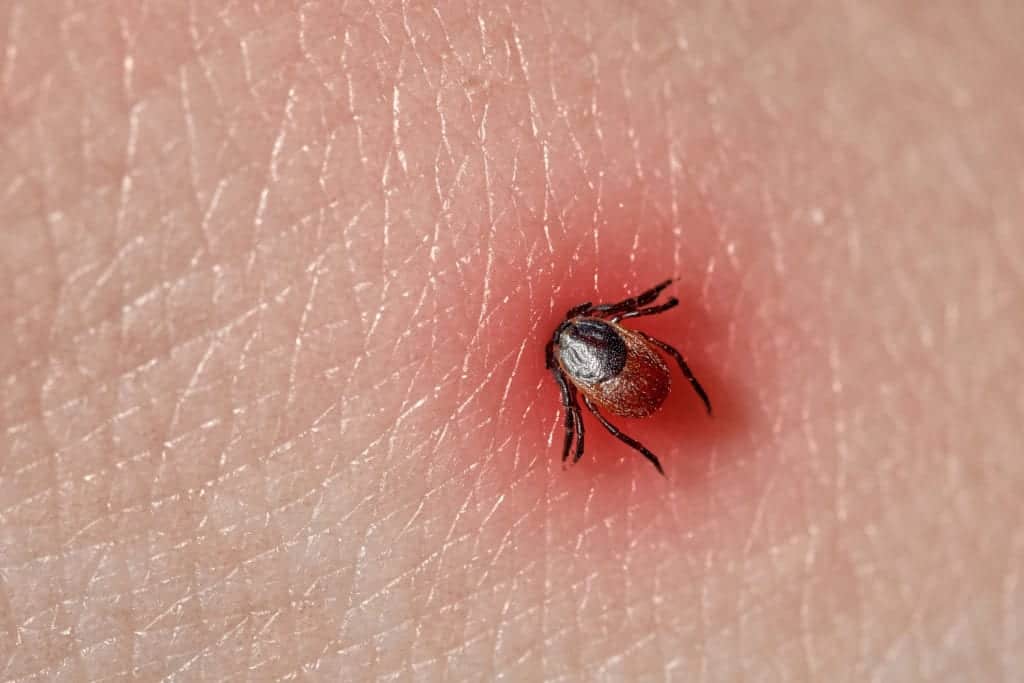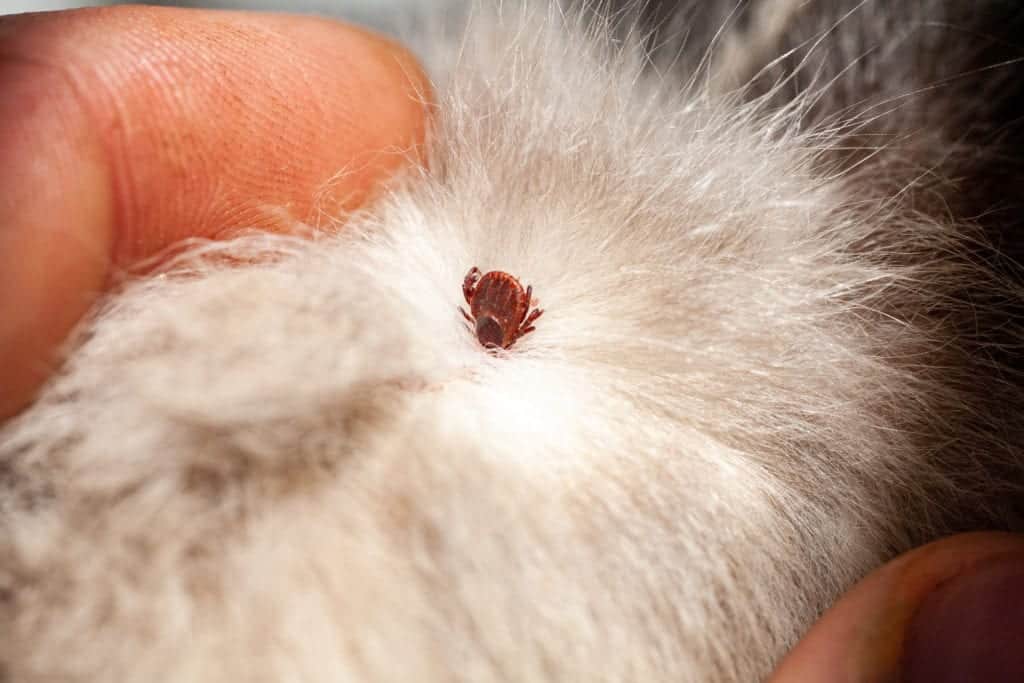Preventing Ticks in Your Yard
Preventing Ticks in Your Yard
Why are Ticks Such a Concern?
Ticks are dreadful, to say the least. Not only are they creepy, disgusting parasites, but they can also carry and spread a variety of pathogens from victim to victim. In particular, ticks are infamous for spreading diseases such as Lyme disease and Rocky Mountain Spotted Fever. The effects of these tick-transmitted diseases range from mild symptoms such as fever/chills, aches/pains, and rash, to severe medical emergencies that can even cause lasting complications including, but not limited to, neurological damage and hearing loss. Unfortunately, the risks of contracting one of these diseases is steadily rising due to an increase in tick activity. In 2019, the National Pest Management Association (NPMA) issued a warning regarding a national increase in tick activity. The research study consisting of a sample group of 274,500 Americans spanning over 16 months, found that there had been an 11.4% spike in tick problems. Following this trend, we can only assume the increase of tick activity has continued through 2020 and into 2021. While most common between April and September, tick exposure can actually occur year-round. Before you go outdoors, it’s important to be aware of where you may come into contact with ticks and properly protect your yard against these dangerous arachnids. 
Form a Barrier
Unwelcome guests of all kinds wander through yards in Illinois. Deer, rabbits, racoons, squirrels, opossums, geese, voles and more can not only ruin your gardens, but they can carry in ticks on their fur. Contrary to popular belief, ticks aren’t hiding in the woods waiting to jump on their victims as soon as they walk by. As members of the arachnid family, ticks are expert climbers and use this skill to their advantage to find hosts. Climbing to the top branch of some foliage, the ticks will sit in rest, raising their front two limbs into the sky. These creepy, spindly arms have pads at the ends of them that are sticky and are meant for grabbing onto unsuspecting passersby. This tick practice is how ticks end up on animal’s fur, your clothing, etc. Once ticks are attached onto the fur of different animals they can be brought right into your yard, posing a risk for you, your family, and your pets. By guarding your yard from different animals that can trail through, you greatly reduce your risk of ticks being brought into your space. Installing a fence, even just a chain link fence, is a great way to achieve this extra protection. 
Yard Maintenance
Ticks typically lurk in areas of dense foliage and, depending on the type of Illinois tick, they will prefer to inhabit different green areas. The America dog tick are partial to grassy areas, deer ticks tend to prefer areas of higher elevation with thick bushy foliage, and brown dog ticks have the unique ability to survive indoors in potted plants. Since these pests seek out areas with heavier foliage, it is helpful to keep these densely covered areas to a minimum. Try cutting back trees and bushes, pulling weeds, raking up leaves and dead plants, and removing unnecessary piles of wood. You can also keep your lawn well mowed and bushes trimmed so that they do not touch the ground. 
Excess Moisture
Just like most pests, ticks need moisture to survive, so by removing any sources of stagnant water and excess moisture, you can help reduce your risk of a yard infested with these pests. Make sure your home’s downspouts are properly draining and that no debris is blocking/clogging the water flow in any nearby drains you may have. Also, make sure to change out any pet water bowls frequently and clear out bird baths or any other source of standing water in your yard. 
Examine Your Pets and Family
After being in any wooded areas or locations where ticks are known or suspected to inhabit, it is extremely important to conduct a tick check on both your family and your pets. Not only will this prevent ticks that were on your clothing and pet’s fur from getting into your yard, but it’s vital to help prevent those ticks from biting and attaching onto you. Try looking in any seams or folds of clothing, pockets, the belt region, any hats, and the lacing of your shoes. Be sure to also check under armpits and behind the knee. On your pets, you will also want to examine their fur, trails, ears, etc. It is also extremely helpful to utilize preventative tick products such as Frontline Plus, K9 Advantix, or other tick/flea repellants recommended by your vet. 
The Best Tick Protection
Scheduling routine Tick Control Treatments is the best way to protect yourself and your family from an onslaught of potentially dangerous bites from these arachnids. Our Treatment includes elimination of ticks as well as warding off both mosquitos and fleas. Your exterminator will do a complete treatment of your yard to best safeguard your family and home from those pesky vectors of disease. Call us today for more information on how you can stay safe from these parasitic pests. 
Request a Free Quote Today
(We do not share your data with anybody, and only use it for its intended purpose)


